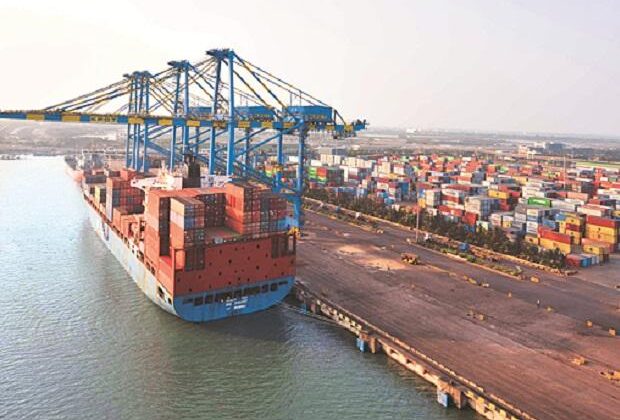
India’s cargo capacity boost : The Rs 2 lakh crore transformation unveiled
NEW DELHI : Indian Ports controlled by the State governments, handle nearly half of the country’s total cargo movement, have put forward capacity expansion plans worth over Rs 2 lakh crore to the central government, according to officials. This move aligns with India’s broader strategy to significantly enhance its port infrastructure and boost total handling capacity to 10,000 million tonnes per annum (MTPA) by 2047, thereby, quadrupling the current capacity.
The state governments ruled ports are crucial players in the nation’s logistics ecosystem and have demonstrated a significant capacity to handle rising trade volumes. The move is expected to propel India’s maritime sector to new heights, contributing to economic growth, trade efficiency, and global competitiveness.
These proposals of the ‘non-major’ ports, wish to supplement the ongoing national push to transform India into a global shipping hub. The coastal states are driving this expansion, with Gujarat and Andhra Pradesh coming in the front.
Gujarat, a pivotal player in India’s port sector, plans to develop integrated port cities with an estimated investment of Rs 1.5 lakh crore. The state, already home to some of the most active non-major ports in the country, envisions these integrated port cities as key hubs for trade, logistics, and industrial growth, seamlessly connecting maritime operations with economic activity onshore.
Andhra Pradesh, another important maritime state, has outlined plans to inject Rs 50,000 crore into its ports sector by 2050. The long-term vision underscores the state’s commitment to enhancing infrastructure and capacity to meet future demand, reflecting the growing importance of the region in India’s logistics network.
These expansion plans were presented to the Ministry of Ports, Shipping, and Waterways over the past few weeks. The discussions reflect the government’s commitment to modernizing and upgrading the country’s port infrastructure as part of its Maritime India Vision 2030, which is aligned with India’s larger goal of becoming a $5 trillion economy. The proposed investment would not only increase capacity but also integrate smart technologies, improve operational efficiency, and reduce logistics costs.
The development of these non-major ports is expected to complement India’s major ports, which are already undergoing extensive modernization.
“Driving growth in India’s maritime sector will lead to enhance non-major ports to complement major port modernization”
